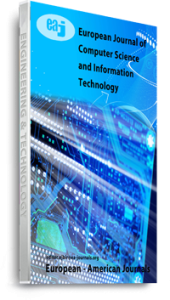This study applies mathematical linguistics to explore the association between text genres, readability and readers’ comprehensibility. The target readers are students from Korea, Thailand and China, studying in Japanese universities, pursuing 20 different disciplines. Japanese is their third language, and all students have passed the Japanese-Language Proficiency Test Level 1. The textbook’s readability and readers’ comprehensibility are measured at two levels using two metrics. Mean dependency distance (MDD) is employed for measuring syntactic diversity; moving-average morphological richness (MAMR) and moving-average mean size of paradigm (MAMSP) are calculated for measuring lexicon diversity. The findings indicate that in terms of lexical diversity, textbooks of humanities seem simpler than natural science and engineering. In syntactic complexity, the textbook of informatics shows the simplest structure while that of social welfare presents the highest. Text genres relate to a textbook’s readability and eventually influence readers’ comprehensibility. Moreover, lexical diversity is not corelated to syntactic complexity.
Keywords: Japanese lecture, lecture genres, lexical diversity, reading comprehensibility, syntactic complexity

